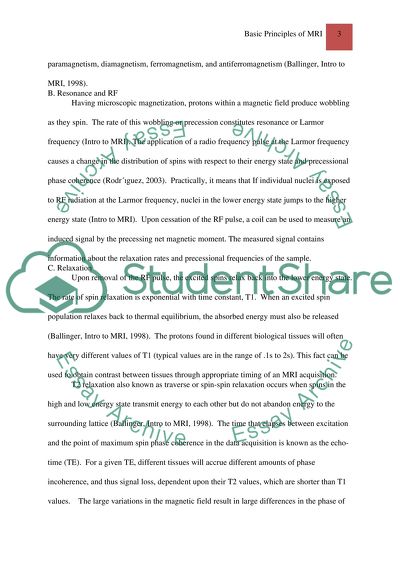Cite this document
(The Basic Principles Of MR Image Production Essay - 2, n.d.)
The Basic Principles Of MR Image Production Essay - 2. https://studentshare.org/health-sciences-medicine/1570292-explain-the-basic-principles-of-mr-image-production
The Basic Principles Of MR Image Production Essay - 2. https://studentshare.org/health-sciences-medicine/1570292-explain-the-basic-principles-of-mr-image-production
(The Basic Principles Of MR Image Production Essay - 2)
The Basic Principles Of MR Image Production Essay - 2. https://studentshare.org/health-sciences-medicine/1570292-explain-the-basic-principles-of-mr-image-production.
The Basic Principles Of MR Image Production Essay - 2. https://studentshare.org/health-sciences-medicine/1570292-explain-the-basic-principles-of-mr-image-production.
“The Basic Principles Of MR Image Production Essay - 2”. https://studentshare.org/health-sciences-medicine/1570292-explain-the-basic-principles-of-mr-image-production.


